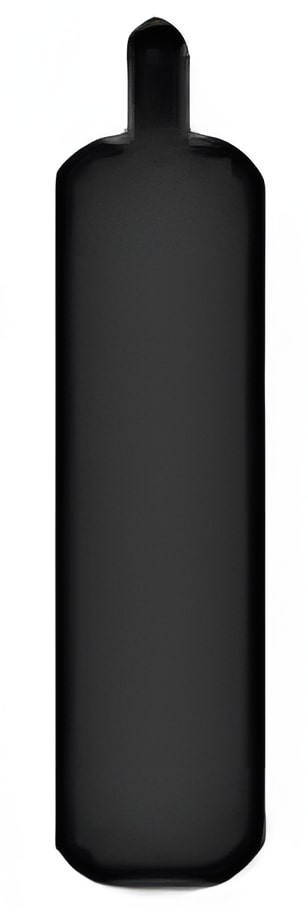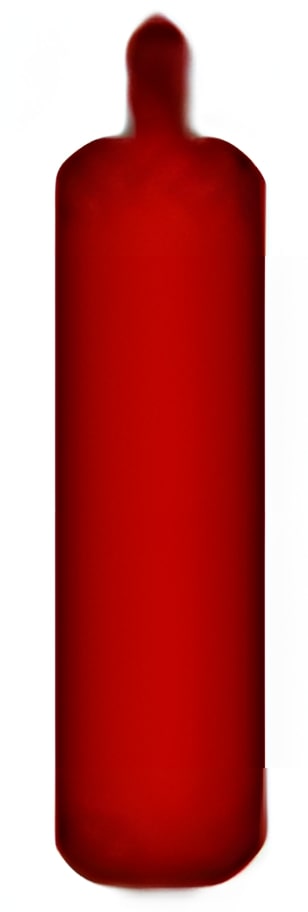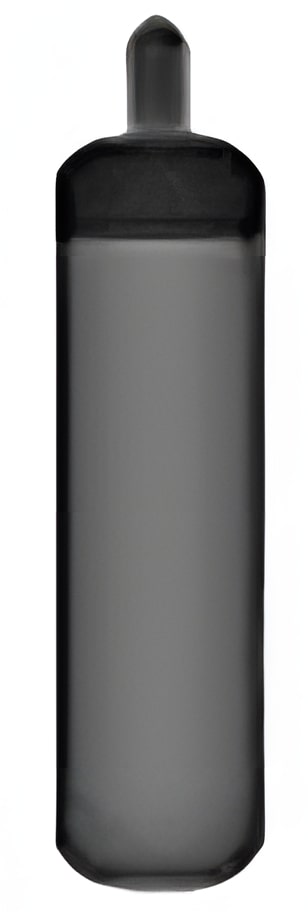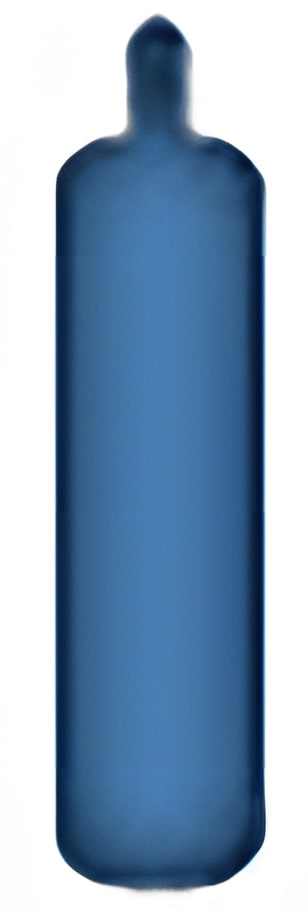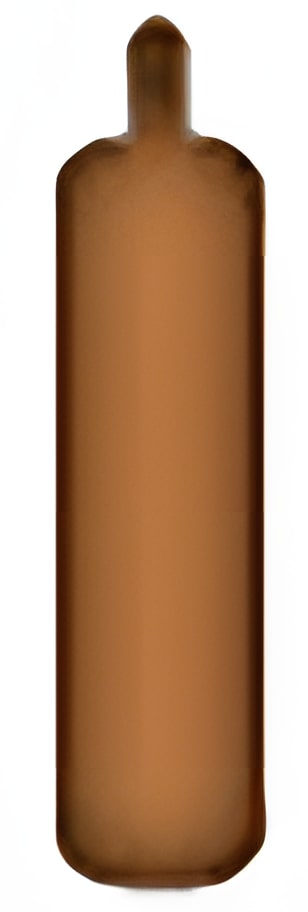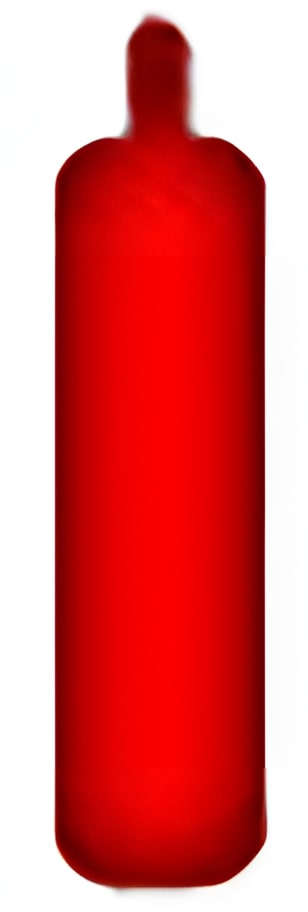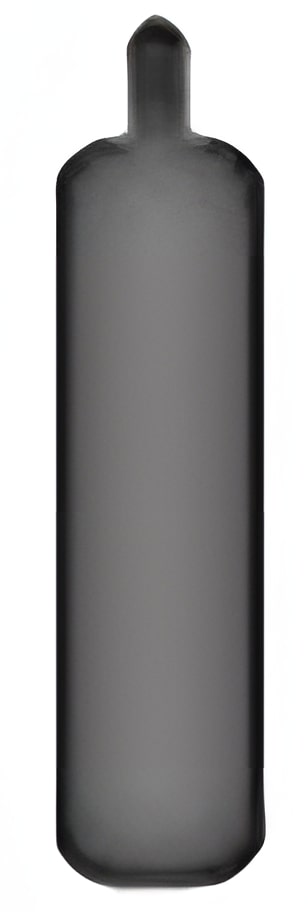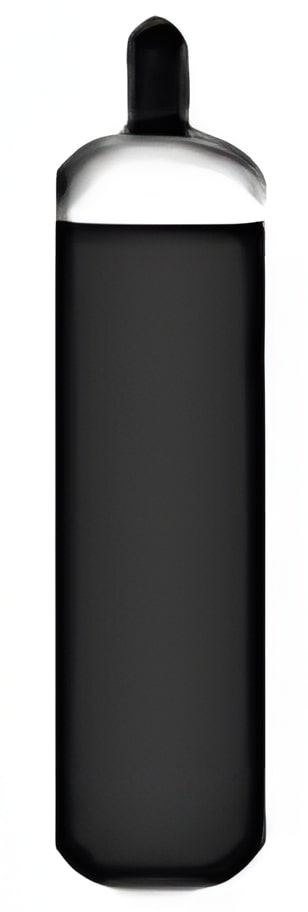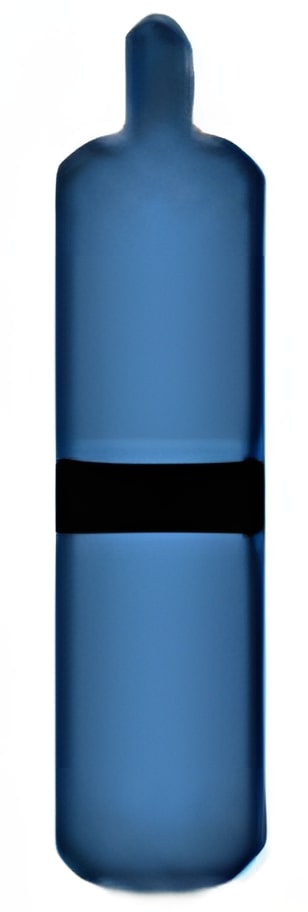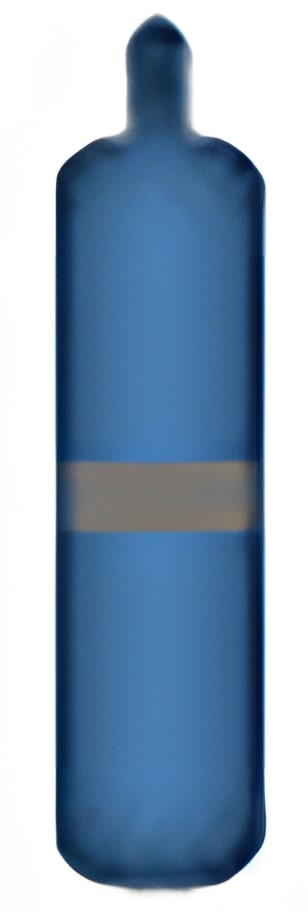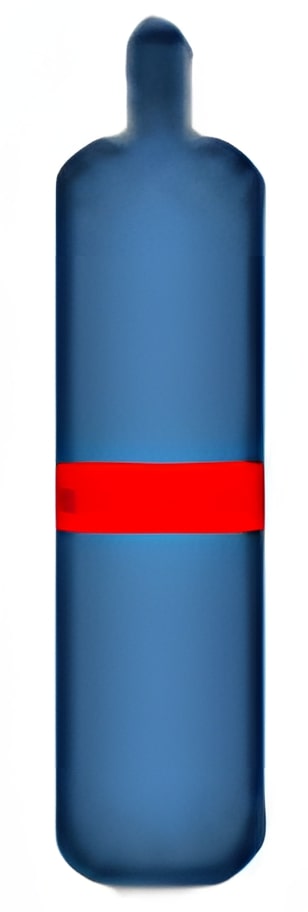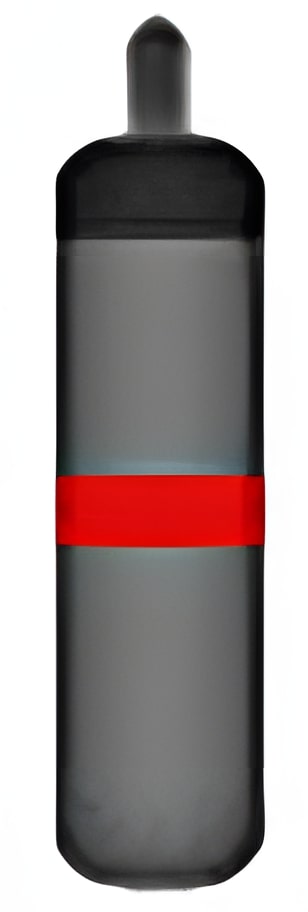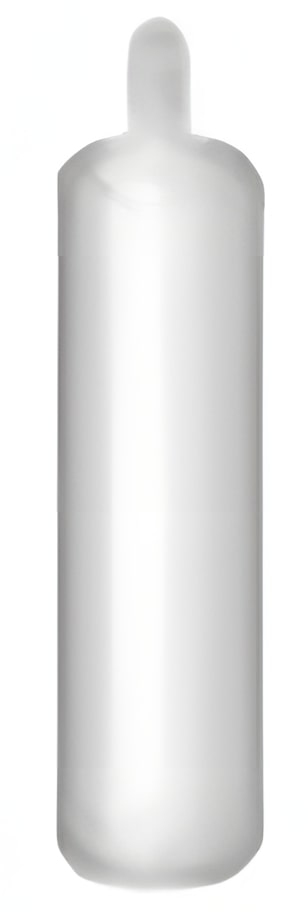-
Secure gas cylinders with a strap or chain to a stable object (preferentially a wall or a heavy lab bench), whether or not they are in use.
-
Transport gas cylinders with cap on; and use a proper cart.
-
Do not use an open flame near gas cylinders.
-
Do not use grease or other lubricants on gauges or connections. Before connecting the cylinder for use, please check for any leakages and valve condition.
-
Do not use adaptors to connect regulators. Use only regulators specified for the particular gas. Have all regulators inspected and serviced regularly.
-
Check the specifications of regulators, pipes and fittings specified for the type of gas you are using.
-
Do not store gas cylinders near heat sources, like furnaces, where they may heat up and explode.
-
Update yourself with the properties of various gases by having ready references viz. MSDS.
-
Do not store Oxygen, Hydrogen or any other combustible gas near each other. They should be kept at different locations.
-
While using Oxygen, care must be taken that it does not come in contact with combustible substances such as oil.
-
Arrange the cylinder storage area so that old stock is used first. Empty cylinders should be stored separately and identified with clear markings.
-
It is advisable to leave some pressure inside the cylinder to prevent air suck-back that would allow moisture and contaminants to enter the cylinder.



